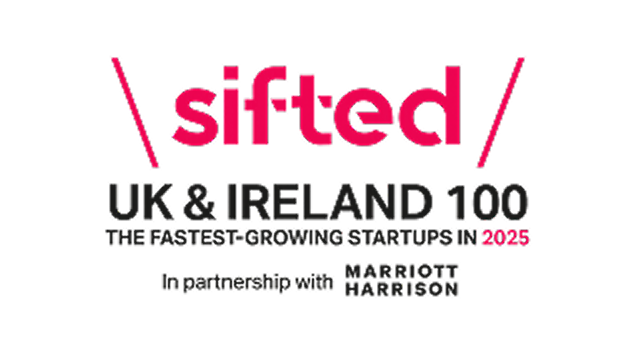A Clear Guide to Borrowing Money
Thinking of borrowing money for a car, home improvements, or to manage debt? We know the world of lending can feel complicated. Let's simplify it.

The information in this article is provided for general educational purposes only and should not be taken as financial advice. Everyone’s financial situation is different, and you should always consider seeking guidance from a qualified independent financial adviser or free, impartial organisations such as MoneyHelper or Citizens Advice before making decisions about credit or borrowing

“We’re convinced that when you understand your borrowing options properly, that’s when you start building real financial confidence. This guide’s here to walk you through the key ideas behind borrowing in plain English, and show you exactly how Updraft offers a straightforward, supportive approach for a very specific situation.”
Aseem Munshi
Updraft Founder & CEO
The Building Blocks of Borrowing
Before diving into different types of loan, it’s helpful to understand a few key terms.
- Principal: This is the fixed amount or set amount you borrow. If you take out a loan for £5,000, the principal is £5,000.
- Interest: This is the cost of borrowing the money. Lenders lend funds, and in return, you pay it back with charged interest. The interest rate can be fixed or variable.
- APR (Annual Percentage Rate): This is one of the most important figures. The APR represents the total cost of borrowing over a year, including the interest and any other standard fees.
- Credit Score: Your credit score (or credit rating) is a number based on your credit history. Lenders use it to help them decide whether you can afford to repay a loan and what interest rate to offer. A soft search can check your eligibility without leaving a mark, but multiple formal applications in a short space of time could affect your credit score.
Types of Borrowing: Secured vs. Unsecured
Nearly all forms of borrowing fall into two main categories:
Secured Loans: A secured loan is tied to an asset you own. A mortgage is the most common example. If you fail to make repayments, the lender has the right to take the asset to recover what you owe.
Unsecured Loans: An unsecured loan is not backed by an asset. The lender makes their decision based on your personal circumstances and current financial situation.
Common Ways to Borrow Money
There are many different borrowing options available:
Mortgages: A long-term secured loan used to buy property. You might have an existing mortgage that you make monthly repayments on.
Credit Card: A flexible way to spend, but the interest can be high if you only make the minimum payment on your balance each month.
Overdraft: An arranged overdraft on your current account lets you spend more money than you have, up to an agreed limit. It’s a form of short term borrowing, best used for a short period only.
Personal Loan: With a personal loan, you borrow a set amount of money over a longer period or longer term. You pay back the loan in fixed monthly installments.
Final Thought
Want to take control of your money? If you’re looking to consolidate credit card debt and cut down on high interest, download the Updraft app today.
Loans from 14% APR. 24.6% APR Representative.
24.6% APR Representative based on a £10,000 loan over 60 months at 19.9% fixed interest p.a. Monthly repayment: £277.60. Total repayable: £16,656 (inc. £500 fee). Subject to status and affordability. Consolidating debt may increase the term and total amount repaid.
All figures are representative, the rate you are offered will depend on an assessment of credit worthiness and affordability. Terms and conditions apply.


